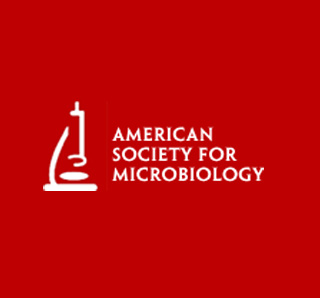
During the research, a newly discovered non-O1, non-O139 strain of the bacteria called as AM-19226 was analyzed. With the help of comparative genomics, investigators evaluated the way this strain leads to diarrhea. Many pathogenic bacteria seemingly require III secretion system (T3SS) for understanding the precise cause of the disease. Investigations have asserted that T3SS and protein (vopF) are responsible for disease formation.
At the time of the research, an additional protein (vopE) was identified in mouse models which demonstrated that AM-19226 requires T3SS to cause diarrhea. It appears that both vopE and vopF are involved in the disease. The T3SS in V. cholera has probably evolved two independent pathogenic mechanisms to cause similar disease.
The research is published in the current issue of the online journal mBio.
